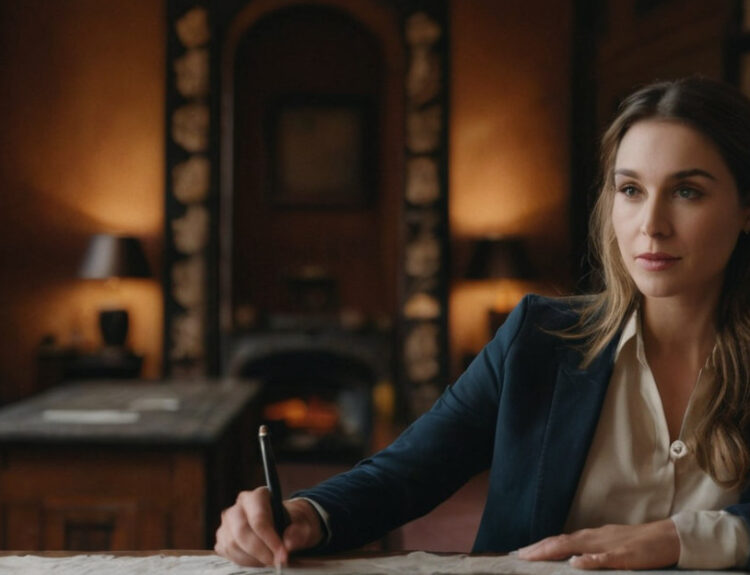Educate yourself about remote work!
Freelance Brand
From Zero to Hero: How to Build a Freelance Business with No Experience
Introduction: Embracing the Freelance Journey Greetings from the fascinating world of freelance work! Freelancing offers an enticing route to...
How I Built a 6-Figure Freelance Business in Less Than a Year: A Step-by-Step Guide
Introduction Greetings and welcome to the comprehensive guide on establishing a 6-figure freelance business in less than 12 months....
7 Secret Steps to Building a Freelance Business From Scratch That No One Talks About
Introduction It can be both thrilling and intimidating to enter the freelancing industry. The opportunity to work on initiatives...
7 Insider Secrets to Pricing Your Freelance Work Like a Pro!
Introduction Starting a freelance career might be likened to a journey across a large ocean without a map. one...








